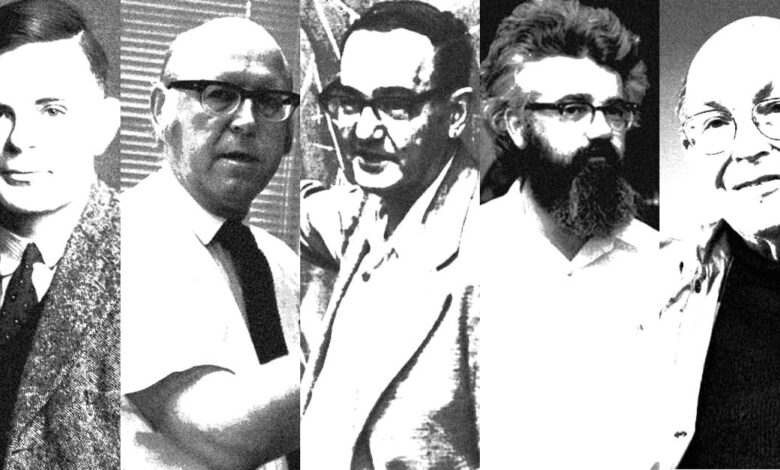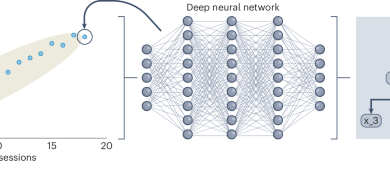A Journey Through the History of Artificial Intelligence: From Ancient Dreams to Modern Applications | by Maaz Khalil | Apr, 2024

The quest to create intelligent machines stretches back further than you might think. While the field of Artificial Intelligence (AI) as we know it emerged in the mid-20th century, the seeds were sown much earlier. Let’s explore this fascinating history in detail:
Early Visions (Antiquity — 19th Century):
- Myth and Mechanism: Even in ancient times, stories like Pygmalion’s creation of Galatea hinted at a desire to build artificial beings. These early myths laid the groundwork for the concept of imbuing machines with human-like qualities.
- Philosophical Underpinnings: Philosophers like Aristotle and René Descartes pondered the nature of intelligence and consciousness, sparking discussions about whether machines could ever replicate these qualities.
- Mechanical Marvels: Inventors throughout history created ingenious automata, or self-moving machines. These marvels, like Leonardo da Vinci’s mechanical knight, showcased the human desire to create machines that mimicked life.
The Dawn of AI (1940s — 1950s):
- Birth of the Computer: The invention of the programmable digital computer in the 1940s provided a powerful tool for simulating human thought processes. Alan Turing, a brilliant mathematician, is considered a founding father of AI. His 1950 paper, “Computing Machinery and Intelligence,” introduced the Turing Test, a benchmark for a machine’s ability to exhibit intelligent behavior equivalent to, or indistinguishable from, that of a human.
- The Rise of AI Research: The 1950s saw a surge in AI research. Pioneering figures like John McCarthy, Marvin Minsky, Nathaniel Rochester, and Claude Shannon began exploring areas like symbolic logic, game playing, and neural networks.
Early Optimism and The AI Winter (1956–1980s):
- The Dartmouth Workshop (1956): A pivotal event in AI history. This workshop at Dartmouth College, organized by John McCarthy, brought together leading researchers. Here, the term “artificial intelligence” was formally adopted, and there was a surge of optimism about the field’s potential.
- The Limits of Logic-Based AI: Initial research focused on rule-based systems, but these struggled to handle the complexities of real-world problems. As limitations became apparent, funding and enthusiasm waned, leading to a period known as the “AI Winter.”
Resurgence and Revolution (1980s — Present):
- Knowledge Representation and Reasoning: The 1980s saw a shift towards knowledge-based systems, aiming to encode human knowledge and reasoning into machines.
- Machine Learning Takes Center Stage: The development of powerful machine learning algorithms, fueled by increasing computational power and vast datasets, led to a renewed focus on AI. Techniques like decision trees, support vector machines, and neural networks began to show remarkable results in various applications.
- The Deep Learning Revolution: The late 2000s witnessed the rise of deep learning, a subfield of machine learning inspired by the structure and function of the brain. Deep neural networks achieved breakthroughs in tasks like image recognition, natural language processing, and speech recognition, propelling AI into mainstream applications.
Today, AI is rapidly transforming numerous fields, from healthcare and finance to transportation and entertainment. As we move forward, key challenges include ensuring ethical development, mitigating bias, and addressing the potential impact of AI on jobs and society.
This is just a glimpse into the rich history of AI. If you’d like to explore specific areas further, here are some interesting topics to delve into:
- The history of specific AI techniques like neural networks or machine learning algorithms.
- The ethical considerations surrounding AI development and deployment.
- The potential impact of AI on the future of work and society.



